How To Use Pancakeswap For Altcoin Trading For Beginners

How To Use Pancakeswap For Altcoin Trading For Beginners : If you’re exploring the world of decentralized finance (DeFi) and want to dive into altcoin trading, PancakeSwap might be your new best friend.
Built on the Binance Smart Chain (BSC), PancakeSwap is a decentralized exchange (DEX) that allows you to trade thousands of tokens without a central authority.
This guide walks you through every step—from understanding how PancakeSwap works to actually making your first trade.
What Is PancakeSwap?
PancakeSwap is a decentralized exchange that uses an automated market maker (AMM) model.
Unlike centralized exchanges where you buy from and sell to other users via order books, AMMs let you trade against a liquidity pool. Anyone can add tokens to these pools and earn rewards, contributing to the DeFi ecosystem.
Launched in September 2020, PancakeSwap quickly grew into the most popular DEX on Binance Smart Chain thanks to its low fees and fast transactions.
Why Trade Altcoins on PancakeSwap?
Altcoins are cryptocurrencies other than Bitcoin. Some of these include tokens tied to gaming, NFTs, utility projects, or meme coins.
Here’s why beginners might love PancakeSwap for altcoin trading:
- Low Fees: Transaction fees on Binance Smart Chain are significantly cheaper than on Ethereum-based DEXs.
- No KYC: No identity verification required. You retain full control of your assets.
- Massive Variety: Many emerging tokens get listed here first.
- Easy Interface: Swapping tokens takes a few clicks.
Step-by-Step Guide: How to Start Trading on PancakeSwap
Let’s take it from the top—no assumptions, just clear steps.
1. Create a Wallet
To interact with PancakeSwap, you’ll need a crypto wallet. Here are a few beginner-friendly ones:
- MetaMask: Popular browser extension wallet. Initially set up for Ethereum, but easily configurable for BSC.
- Trust Wallet: Mobile-based, good for on-the-go trading.
- Binance Wallet: Created by Binance for users interacting with its ecosystem.
Pro Tip: Always backup your seed phrase and store it offline. This phrase gives full access to your funds.
2. Add Binance Smart Chain to Your Wallet (For MetaMask Users)
MetaMask defaults to Ethereum, so to interact with PancakeSwap, you must add the BSC network:
- Go to MetaMask > Settings > Networks > Add Network
- Input the following:
- Network Name: Binance Smart Chain
- RPC URL: https://bsc-dataseed.binance.org/
- Chain ID: 56
- Symbol: BNB
- Block Explorer URL: https://bscscan.com
Save and switch to the new network.
3. Fund Your Wallet with BNB
You’ll need BNB (Binance Coin) for two reasons:
- It’s your base currency for swapping
- It covers gas/transaction fees
Buy BNB on Binance (or any centralized exchange), then withdraw it to your wallet by entering your wallet address and selecting the BSC (BEP-20) network.
4. Connect Your Wallet to PancakeSwap
- Visit the official PancakeSwap site: https://pancakeswap.finance
- Click “Connect Wallet” on the top right
- Choose your wallet provider (e.g., MetaMask)
- Approve the connection in your wallet
Now you’re connected and ready to trade.
5. Swap Tokens
Here’s how to make your first trade:
- Navigate to “Trade” > “Swap”
- Select the token you want to swap from (usually BNB)
- Select the token you want to swap to (e.g., a new altcoin)
- If the token isn’t listed, paste its contract address (always verify it from trusted sites like CoinGecko)
Adjusting Slippage
Some tokens require you to set higher slippage due to built-in tax mechanisms (often 5–10%). Click the gear ⚙️ icon to adjust.
- Click “Swap” > Confirm the transaction > Approve in your wallet
You’ll see the transaction on BscScan, the BSC block explorer.
Viewing Altcoin Holdings in Your Wallet
Not all tokens show up automatically in your wallet. You might need to:
- Click “Add Custom Token” in your wallet
- Paste the token’s contract address
- Enter its symbol and decimals (usually autofills)
Voila! Your new asset appears. Ok.
Tips for Altcoin Trading on PancakeSwap
1. Research Before You Swap
Many altcoins are “pump and dump” schemes or outright scams. Use platforms like:
- CoinGecko
- DEXTools
- PooCoin (for early-stage token monitoring)
Check metrics like token holders, liquidity, and trading volume.
2. Beware of High Taxes
Some tokens charge taxes on buying, selling, and transferring. Read the token’s whitepaper or website.
3. Protect Yourself
- Never approve unlimited spending permissions
- Regularly revoke token approvals on https://app.bogged.finance/bsc/revoke
- Don’t chase pumps—if it’s mooning, you’re probably late
Going Beyond Swapping: Yield Farming & Staking
Once you’re confident with swapping, try yield farming or staking for passive income.
- Staking: Lock your tokens in Syrup Pools to earn more tokens
- Farming: Provide liquidity (e.g., BNB/CAKE pair) and earn a share of the trading fees + CAKE rewards
These involve higher risk and are not ideal for complete beginners, but they’re worth exploring after mastering swaps.
A Real-Life Beginner Example
Let’s say you have 0.1 BNB, and you want to buy a meme token called DOGEFI that just launched.
- Fund wallet with 0.1 BNB
- Connect wallet to PancakeSwap
- Copy DOGEFI contract address from CoinGecko
- Paste it into PancakeSwap’s “To” field
- Set slippage to 8%
- Click “Swap” → Confirm
- Add DOGEFI to your wallet
Ya, You now own DOGEFI tokens!
How Long Do Trades Take?
Most trades settle within a few seconds to a minute. If it’s pending too long, try increasing gas fees slightly or check network congestion on BSC.
Advanced PancakeSwap Features for Traders
Liquidity Pools and How They Work
Liquidity pools are the beating heart of decentralized exchanges like PancakeSwap. Without them, there would be no trading. But what exactly are they?
A liquidity pool is a collection of tokens locked into a smart contract. These tokens are used to facilitate trading on PancakeSwap. Instead of matching buyers and sellers directly, users trade against the pool. This is called an automated market maker (AMM) system.
Here’s how it works:
- You can add liquidity to a trading pair (like BNB/CAKE) by depositing an equal value of both tokens.
- In return, you get LP (liquidity provider) tokens that represent your share in the pool.
- You earn a cut of the 0.25% trading fee every time someone swaps that pair on PancakeSwap.
Benefits:
- Earn passive income from trading fees.
- Receive LP tokens, which you can use for yield farming.
- Support the trading ecosystem by enhancing liquidity.
Risks:
- Impermanent loss: Happens when the price of your provided tokens diverges significantly. You may end up with fewer tokens than you started with.
- Rug pulls: In pools for scam tokens, the creator can remove liquidity and crash the token’s price.
Start with established tokens to minimize risks, and always do your research before jumping in.
Yield Farming on PancakeSwap
If you’re the kind of person who likes your money to work while you sleep, yield farming could be your thing. PancakeSwap lets you stake your LP tokens in Farms to earn CAKE tokens as a reward.
Here’s how to farm:
- Provide liquidity to a trading pair (e.g., BNB/USDT).
- Receive LP tokens in your wallet.
- Visit the Farms section on PancakeSwap.
- Find the corresponding farm and stake your LP tokens.
- Earn CAKE daily, which you can harvest anytime.
Some farms offer double rewards in partnership with other projects. Look out for those high APR (Annual Percentage Rate) options if you’re feeling adventurous.
Caution: Yield farming amplifies rewards, but it also magnifies risks. Pools with massive APRs might seem tempting, but they’re often the riskiest. Stick to blue-chip pairs if you’re just starting out.
Using Limit Orders via Third-Party Tools
PancakeSwap is great, but it lacks one traditional trading feature: limit orders. Unlike centralized exchanges, DEXs like PancakeSwap execute trades at the current market rate.
But there’s a workaround.
You can use third-party tools like:
- 1inch
- Gelato
- Limit Orders on DeFi platforms
These platforms integrate with PancakeSwap and allow you to set conditions like:
- “Buy when the price hits $0.01”
- “Sell when token reaches $5”
They achieve this by using smart contracts or bots that watch market conditions and trigger trades for you. Some even offer gasless transactions.
Note: Always vet any third-party tool. Ensure they’re reputable, open-source, and widely used in the DeFi community.
Tips and Best Practices for Beginners
Avoiding Scam Tokens and Rug Pulls
The freedom of DeFi is amazing—but it also comes with its dangers. One of the biggest risks for beginners is falling victim to a rug pull or buying a scam token.
Here’s how to protect yourself:
- Check Token Contract: Use platforms like BscScan or Token Sniffer to see if the contract is verified and audited.
- Research the Project: Visit the project’s website, check their social media, and see if they have a real team behind it.
- Beware of Honeypots: These are tokens that let you buy but not sell. Tools like honeypot.is help detect this.
- Avoid Tokens with Suspicious Names: Anything mimicking popular coins (like “SafeBNB” or “ElonCake”) is likely just hype with no substance.
If it sounds too good to be true, it probably is. Stick to projects with real communities and transparent roadmaps.
Using Token Verification Tools
Verification tools are your first line of defense when diving into the world of altcoins. They help confirm whether a token is legitimate or a potential scam.
Top tools you should be using:
- Token Sniffer: Provides an overall safety score based on smart contract analysis.
- PooCoin: Offers charting and transaction tracking—helpful for spotting whale manipulation.
- DexTools: Ideal for deep token analytics, price movement, and liquidity tracking.
- BscScan: Use this to view token holders, contract source code, and past transactions.
Look out for red flags like:
- One wallet holding 90%+ of the supply
- No verified contract
- No liquidity locked
- High slippage warning
Taking 5 minutes to research a token can save you from losing hundreds or even thousands in minutes.
Portfolio Management and Tracking Tools
Once you start buying different altcoins, tracking everything manually gets exhausting. That’s where portfolio trackers come in.
Best tracking tools:
- Zapper: Connect your wallet to view all your assets across DeFi platforms.
- Debank: Offers DeFi analytics, including yield farming and token values.
- CoinStats: Syncs with multiple wallets and provides real-time price alerts.
- DappRadar: Tracks your wallet’s performance and ranks dApps.
These tools help:
- Monitor price changes
- Calculate your total crypto net worth
- See pending rewards from farming or staking
- Detect abnormal wallet activity
A well-organized portfolio = smarter trading decisions.
Risks and Security on PancakeSwap
Common Risks in Altcoin Trading
Altcoin trading on PancakeSwap can be thrilling, but it’s not without its landmines. Knowing the risks ahead of time is the key to avoiding costly mistakes.
Here are the most common risks:
- Rug Pulls: Developers abandon a project after collecting liquidity, leaving traders with worthless tokens.
- Honeypots: Tokens that allow users to buy but block selling, trapping your funds.
- Impermanent Loss: If you’re providing liquidity, price swings can cause you to lose value compared to just holding.
- Volatility: Altcoins can surge 300% in a day—or crash by the same. If you’re not ready for that rollercoaster, don’t get on.
- Slippage Issues: Large trades on illiquid tokens can get executed at a worse price than expected.
- Tokenomics Manipulation: Some tokens have hidden taxes, reflections, or complex mechanics that hurt unsuspecting buyers.
Being aware of these pitfalls gives you an edge. Never trade emotionally or “FOMO” into hype coins. Research, verify, and only invest what you can afford to lose.
How to Protect Your Wallet and Private Keys
Your wallet is your vault. If it gets compromised, your crypto is gone—forever. There’s no customer support or “reset password” feature in DeFi.
Here are some non-negotiable security practices:
- Never share your seed phrase. Not with anyone. Ever.
- Use a hardware wallet like Ledger or Trezor for storing larger amounts.
- Enable 2FA on any centralized exchange or linked services.
- Avoid public Wi-Fi when accessing your wallet or trading.
- Use strong, unique passwords and store them with a secure password manager like Bitwarden or LastPass.
- Revoke permissions: Use tools like Revoke.cash to remove token approvals you no longer use.
The golden rule? If someone else gets your private keys, they get your crypto.
Staying Safe on Decentralized Exchanges
While decentralized exchanges (DEXs) like PancakeSwap offer privacy and control, they also shift the responsibility to you. Here’s how to stay safe:
- Bookmark PancakeSwap’s official URL to avoid phishing.
- Check for certificate locks in the URL bar (it should start with https).
- Don’t click on token links in Telegram/Discord—scammers love these platforms.
- Avoid copycat dApps: Scammers create clones of real sites to drain wallets.
DEXs put the power in your hands—but with great power comes great responsibility.
Final Thoughts
Altcoin trading on PancakeSwap gives anyone with an internet connection and a crypto wallet the ability to participate in the explosive world of DeFi.
But freedom comes with responsibility. Always double-check token addresses, stay informed, and use risk management techniques to avoid costly mistakes.
You’re not just trading coins—you’re entering a new digital economy. And once you get the hang of PancakeSwap, you’ll unlock powerful tools for building your portfolio from the ground up.
If you’d like, I can help you turn this into an SEO-optimized blog post for your site or generate a few eye-catching thumbnails or infographics to match. Want to take it up a notch?
So, I hope you must liked info on how to use pancakeswap for altcoin trading for beginners.
Read: Best altcoins to buy now
FAQs
Is PancakeSwap Safe for Beginners?
Yes, as long as you follow basic safety practices like using a secure wallet, avoiding scam tokens, and only using the official site. It’s beginner-friendly, but the responsibility is on you to trade safely.
Can I Use PancakeSwap Without BNB?
No, you need BNB to pay for gas (transaction) fees on the Binance Smart Chain. Without it, you can’t process trades or interact with the platform.
What’s the Minimum Amount to Start Trading on PancakeSwap?
Technically, there’s no minimum, but you should start with at least $20–$50 worth of crypto to account for fees and price slippage. Keep some BNB aside for transaction costs.
Are There Any Hidden Fees on PancakeSwap?
PancakeSwap has a clear 0.25% trading fee. However, some tokens have built-in taxes or reflections that reduce your received amount. Always check the tokenomics before trading.
Contents
- 1 What Is PancakeSwap?
- 2 Why Trade Altcoins on PancakeSwap?
- 3 Step-by-Step Guide: How to Start Trading on PancakeSwap
- 4 Viewing Altcoin Holdings in Your Wallet
- 5 Tips for Altcoin Trading on PancakeSwap
- 6 Going Beyond Swapping: Yield Farming & Staking
- 7 A Real-Life Beginner Example
- 8 How Long Do Trades Take?
- 9 Advanced PancakeSwap Features for Traders
- 10 Tips and Best Practices for Beginners
- 11 Risks and Security on PancakeSwap
- 12 Final Thoughts
- 13 FAQs
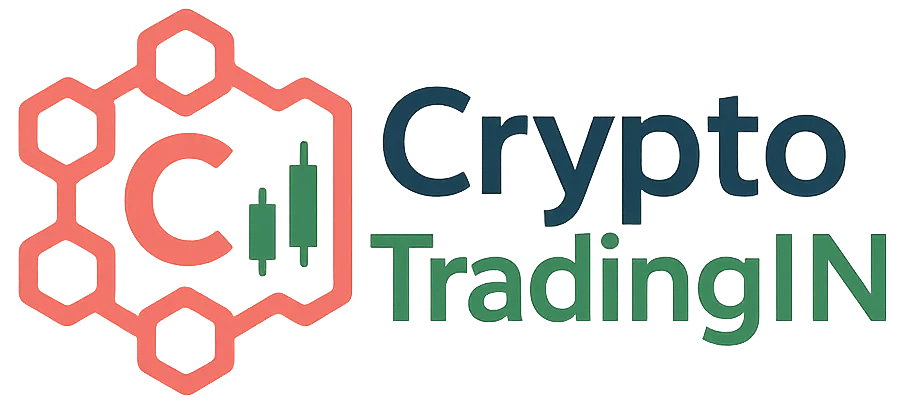
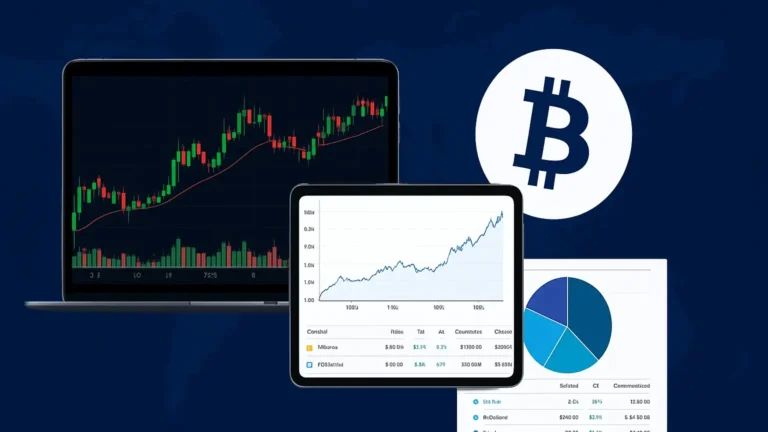
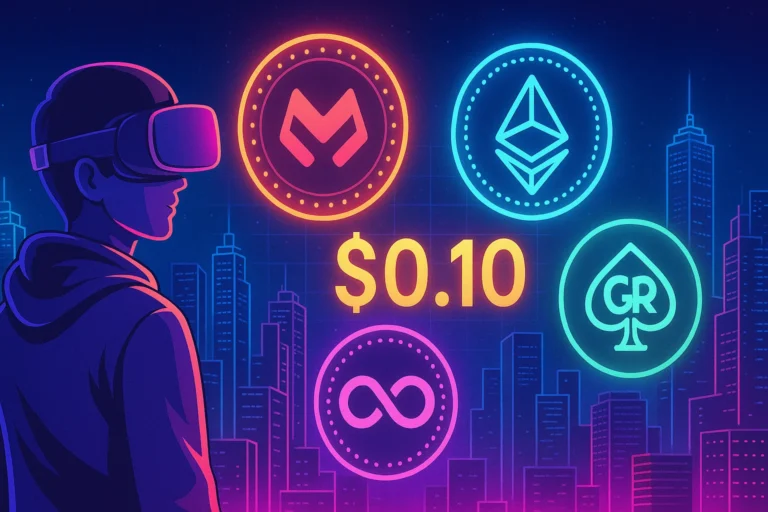
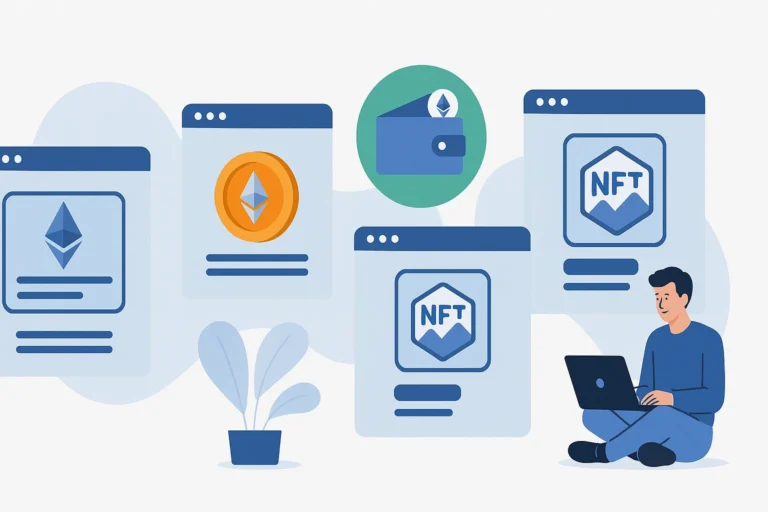

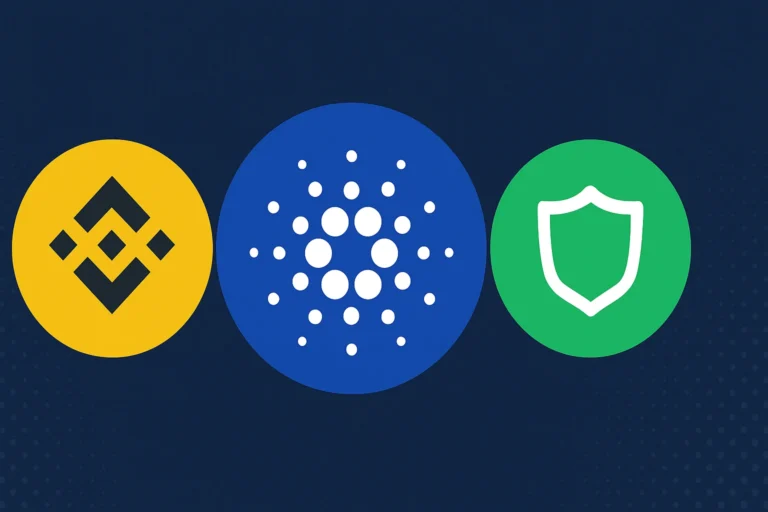
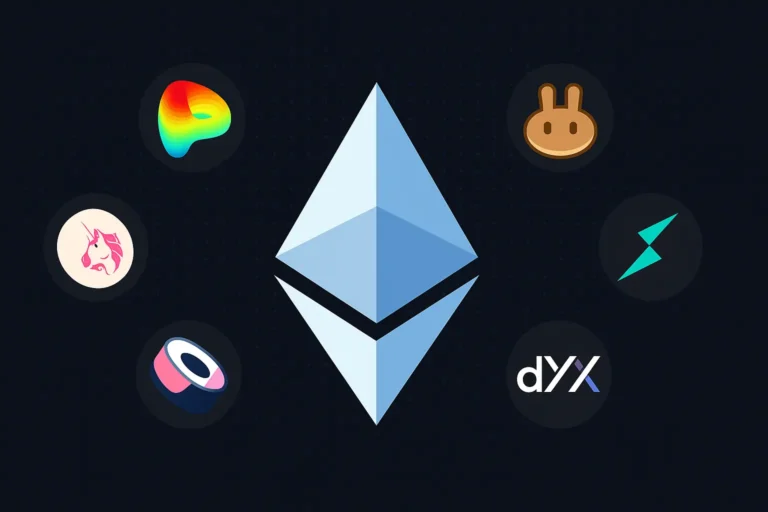
Thanks for helping post